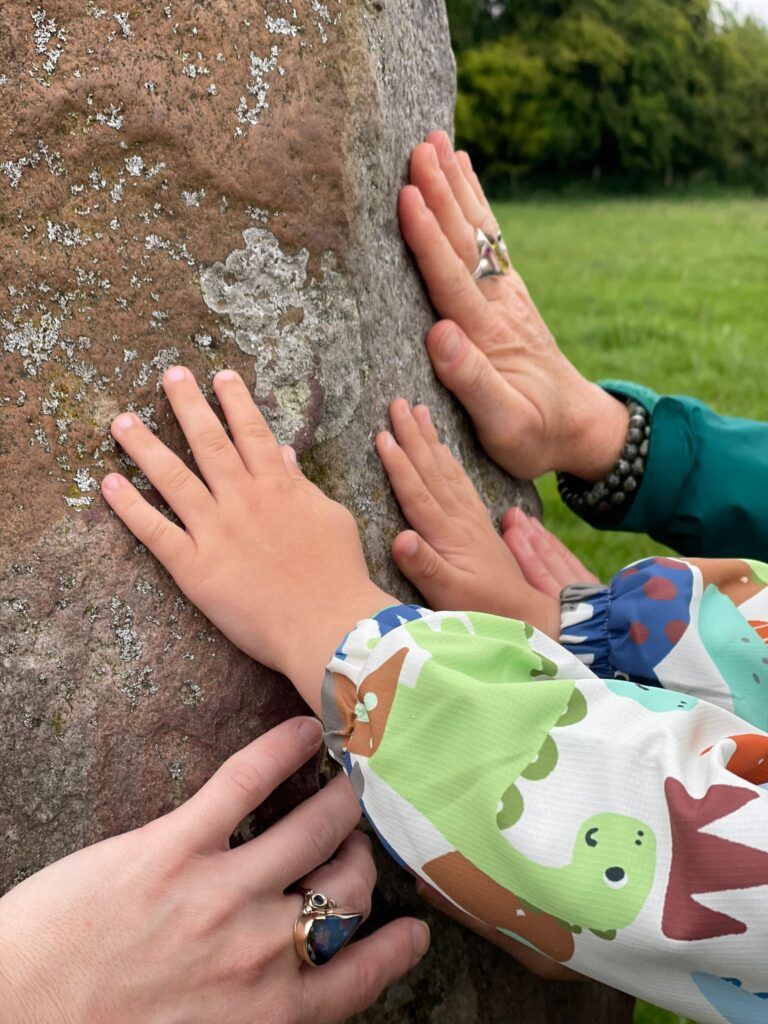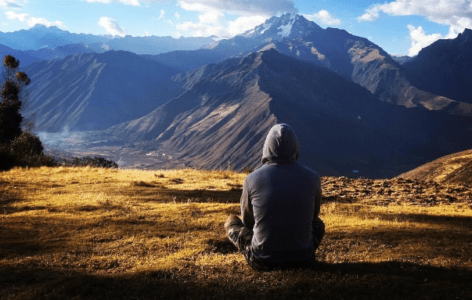Welcome to our blog where we’ll explore how andean culture organized themselves around kinship and reciprocity, with the ayllu as their core unit.
Join us as we’ll uncover how social structures were shaped by ancestral reverence and dualistic moieties, and how senior lineages in the Inca Empire rose to prominence.
Ayllu
An ayllu is a sacred web of souls, bound together by the timeless threads of a common ancestor who wove their existence with the gifts of water and earth.
This ancestral figure bestowed upon them the sacred waters and fertile lands, the lifeblood upon which their existence flourishes.
They hold a profound belief that their very essence springs forth from these divine resources. Upon their departure from this earthly realm, they shall journey back to the embrace of Pachamama Mother Earth.

The ayllu represents the heart of their universe, with their relationship to their ancestors being central to their well-being and prosperity.
Andean belief understand that an ayllu can only be responsible for the care and veneration of a huaca if it’s directly connected to their lineage.
Ayllu in General
In pre-Hispanic Andean societies, people structured their lives around kinship and reciprocity, with households serving as the core socio-economic units.
They organized these households into larger groups called ayllus, defined by kinship ties and mutual cooperation.
Ayllus were more than social collectives; they established deep connections to specific lands through religious beliefs and historical presence.

Often spanning multiple villages, they reflected significant influence within Andean culture.
Though ideally egalitarian with no formal political or religious institutions, the ayllu’s reality involved kinship-based hierarchies that introduced elements of inequality.
Practically, the ayllu functioned as both a political and productive unit, central to economic and organizational life.
The ayllu reinforced its identity and unity through distinctive clothing and ritual battles, underscoring its social cohesion and territorial importance.
Affinity as the Organizing Principle
In pre-Hispanic Andean societies, affinal relationships were fundamental to the structure and unity of ayllu groups.
Groups articulated membership and descent through both relational and ideological dimensions, highlighting the importance of kinship and shared heritage.
People determined seniority within an ayllu by their proximity to mythical founding ancestors. Typically, ayllus formed moieties, or saya, which ideally divided into two:
- Hanansaya (senior)
- Hurinsaya (junior)

The dualistic arrangement in Andean society reflected the broader concept of duality that permeated all aspects of life.
Ancestral reverence was vital, with ancestors regarded as powerful spiritual entities whose bodies and sacred sites received deep respect.
Ancestral rites were central to religious practices, aimed at harnessing spiritual forces and preventing misfortune.
Ritualized mock battles, or tinku, reinforced social order and distinctions.
Although these battles could cause injury, people saw them as essential sacrifices to maintain balance between the human and natural worlds.
Reciprocity as Social Practice
Mutual obligations were fundamental, with every member both receiving and providing benefits.
At the subsistence level, communal reciprocity drove agricultural production.
Reciprocity extended to administrative and religious duties.

Senior members managed feasts and rituals as community obligations, with responsibilities rotating among individuals.
Shamans acted on behalf of the community in their interactions with the supernatural, fulfilling reciprocal responsibilities rather than seeking personal power.
Despite ideals of equality, redistribution of goods could be unequal, with moiety heads responsible for distributing resources, often keeping some for large feasts and festivals to assert their authority.
The Ayllu as Spiritual Community
Religion was integral to ayllu life, with rituals and spiritual practices addressing daily challenges and mobilizing natural and ancestral forces.
Religious practices closely linked to agricultural cycles, cosmological balance, healing, communal land ownership, settlement management, and overall community administration.
The panaka

The panaka was a special administrative unit in Cusco, designed to manage the city’s large population.
Modeled after the ayllu—a fundamental social unit in Andean society—the panaka served as a family clan connected to the Sapa Inca, the emperor of the Inca Empire.
Unlike the ayllu, which included all common people, the panaka reserved its membership for the royal family and excluded the auqui, the heir apparent.
Each panaka maintained its own traditions and historical records. In the ceque system, which symbolically organized the Inca Empire.
The Payan ceque represented the panacas and integrated them into the broader framework of regional divisions such as Hanan, Hurin, and others.
Ayllu and Panaka’s Political Organization
The ceque system also encodes the political organization of the Inca capital based on the material foundation of its existence: that is, the canals and lands of each panaka and ayllu that enjoyed the privilege of residing in Cusco.

The panakas, which were ayllus of the royal Incas, owned the best and most important canals and lands in the city, while the less important ones belonged to ayllus that were not of royal Inca descent.



